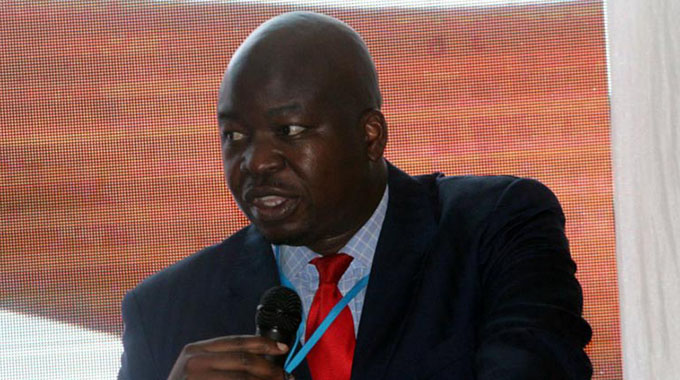Price distortions on Treasury’s radar

Enacy Mapakame Business Reporter
The Treasury says authorities will not relent on efforts to restore confidence in the local currency and tame price distortions caused mainly by unscrupulous entities manipulating the exchange rate.
Secretary for Finance and Economic Development George Guvamatanga said the reintroduction of the foreign currency auction system was one of the initiatives meant to address the foreign currency access constraints headache as well as ensure exchange rate stability.
Since its launch in June 2020, the auction system has helped to improve availability of foreign currency to businesses for retooling and meeting their foreign obligations. However, the exchange rate on the illegal parallel market has continued to rise unabated, which Treasury says is also due to arbitrage behaviour by some unscrupulous businesses.
“As Government we are trying our best to address the challenges which the Zim dollar faces. We are looking at the price distortions caused by the exchange rates and most of these challenges we are facing here are now due to indiscipline.
“Businesses are quick to charge in US dollars yet our salaries are in local currency, that is why we say the challenge is a result of indiscipline.
“But as Government, we will continue to align the foreign currency exchange rates to prevailing economic fundamentals,” he said in a presentation made on his behalf by Ms Martha Mugwenhi, director debt policy, strategy, analysis, compliance and risk management in the Ministry of Finance and Economic Development during a Zimbabwe public debt indaba.
The indaba was hosted by the Zimbabwe Coalition on Debt and Development (ZIMCODD) in Harare yesterday.
Commenting on the debt situation, Mr Guvamatanga highlighted progress made towards managing debt following strategies implemented by the Second Republic.
As at end September 2021, total debt amounted to US$13,7 billion, consisting of public external debt of US$13,2 billion and domestic debt of US$532 million.
About 77 percent of the external debt is in arrears (interest and penalties).
Of the total public external debt, US$5,4 billion is owed to bilateral creditors, US$2,7 billion to multilateral creditors, US$221 million to creditors as provided for under the 2015 Reserve Bank of Zimbabwe (RBZ) Debt Assumption Act and US$4,9 billion is RBZ’s balance sheet external debt.
The RBZ balance sheet external debt of US$4,9 billion consisted of US$1,4 billion public guaranteed debt, US$72 million non-guaranteed debt and US$3,3 billion blocked funds.
Experts have called on a multi-stakeholder approach in addressing the debt situation with the Government, private sector as well as the lenders themselves coming up with a sustainable debt management plan.
The Treasury has however, managed to maintain the wage bill below 50 percent of total Government expenditure while the re-engagement efforts as well as token payments to international financial institutions make part of other strategies towards addressing the debt challenge.
Additionally, the Government has reduced subsidies on fuel while agriculture subsidies are now being meant to benefit the vulnerable communities such as the disabled, orphans and women to ensure their food sustainability.











Comments